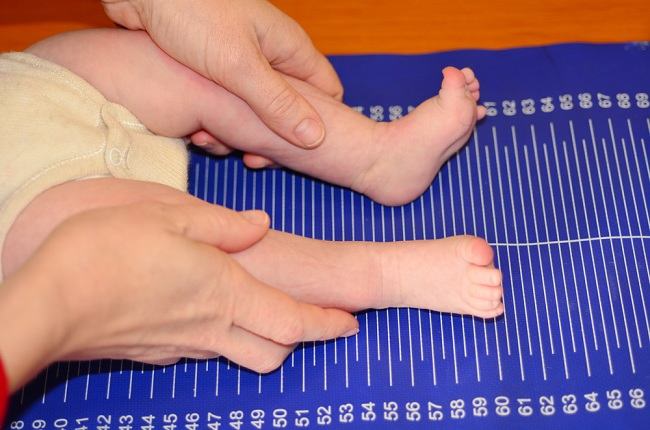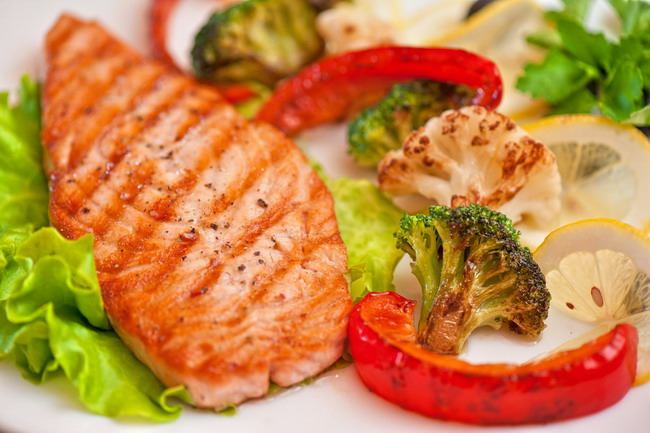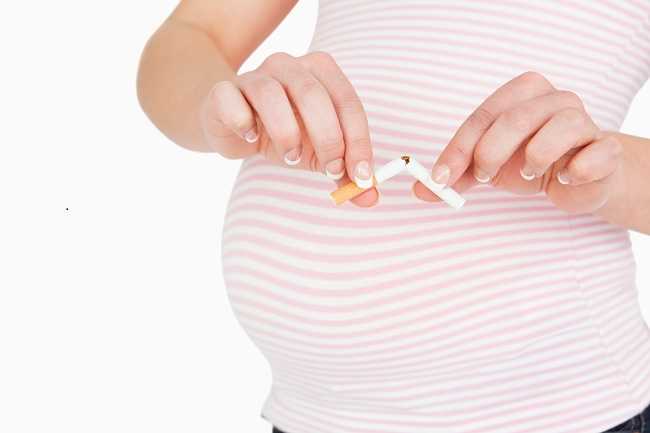The growth and development of the body is one of the main health indicators for Poppet. However, there are several conditions that you should be aware of, such as the problem of being underweight, which can have an impact on less than optimal growth and development Poppet.
One of the most sensitive nutritional indicators is weight gain. Children are said to have good nutrition and normal growth if age is followed by weight gain according to standards. In fact, there are still some children who are underweight. Generally, underweight in children occurs when the weight is below the average compared to their height and age. This lack of weight according to the child's age (W/U) can indicate that the Little One is malnourished. In this case, it is important for your little one to get healthy food intake and balanced nutrition so that there is no problem of underweight.

Causes of Underweight in Little Ones
Underweight can be caused by various factors, including: genetic/hereditary, economic and nutritional factors, characteristics of parental education, psychological factors such as eating disorders, disease factors that have side effects of weight loss, and drugs that can cause loss of weight. appetite.
The problem of low body weight and lack of nutrition can interfere with the immune system in children, prone to infection, lack of energy, increase the duration and severity of infectious diseases, and if not treated immediately can cause death. In addition, it can put your child at risk for developmental disorders, making them less active and difficult to concentrate. In the end, your little one will have difficulty learning and doing activities at school.
One way to know the health and growth of children is to monitor the results of weighing each month. In posyandu, this is done using the KMS monitoring measurement tool or the Card Towards Health. Among other things, this card functions as a tool for monitoring the level of growth and development of children. Some other signs can also be used as a guide to find out if your little one is underweight, including your little one's ribs that are clearly visible when you bathe him, and also the size of his clothes that doesn't increase after a few months.
The following is a graph of the development of body weight compared to the age of the baby between 1-2 years. The following graph was created by the World Health Organization (WHO) to provide a baby's physical growth curve with international standards.

How to Increase Your Little One's Weight
The best way to increase your little one's weight is to improve his nutritional intake. Your little one needs calories and nutrients that come from the food they eat. The best nutrition can be started by giving breast milk from the beginning of birth. Meanwhile, their caloric needs may not be met by eating three meals a day as they age. For that, increasing the calories in their intake is one solution that can be done. However, that does not mean you can be free to give high-calorie foods that are less healthy, such as sugary drinks, candy, and cake, because they can damage teeth. Apply a healthy diet that contains balanced nutrition by providing staple foods that contain carbohydrates, vegetables, fruit, fish, meat, and milk along with their preparations.
Don't focus on the amount of food, but focus on the quality of your little one's food. Don't forget to give your little one a nutritional intake that contains good protein and iron. Also make sure your little one gets between 350 and 400 ml of milk per day. Limit the intake of juices or fluids for your little one, because drinking too much can reduce appetite and cause diarrhea. Don't let your little one drink too much before eating, so that when he eats he feels hungry and eager to eat his food.









